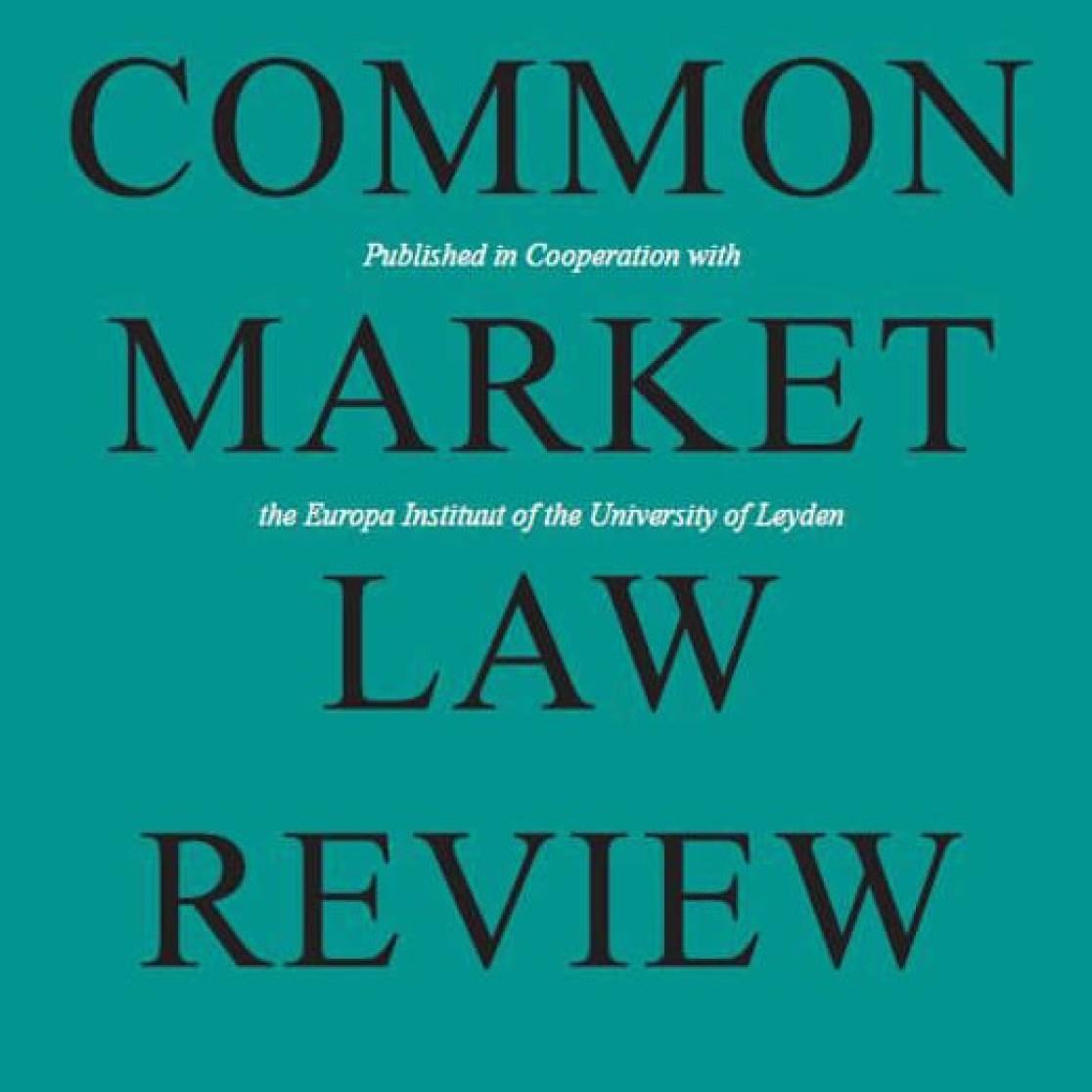Article by MCEL member Leticia Díez Sánchez on EU cohesion policy published in CMLRev 62(1)
The article deals with the evolution of EU cohesion policy and its changing objectives, structure and nature.
Cohesion policy was established in the 1970s to alleviate growing disparities between wealthier and poorer areas. However, the original egalitarian cohesion mandate set forth in the Treaties has been diluted gradually, by means of subtle changes across different but mutually inter-related aspects of the funds’ legal architecture, and with the complicity of national governments, the Commission, and the CJEU. The result is a policy that pursues objectives other than economic, social, and territorial cohesion. In this context, it is not surprising that the cohesion legal basis of Article 175(3) TFEU can now be invoked to support virtually any economic instrument, as evidenced in the recent crisis-response programmes.
Leticia Diéz Sánchez, ‘Why Cohesion Policy Is Not about Cohesion’ (2025) 62 Common Market Law Review 13. Read the full paper here.

Also read
-
Andrés Caceres Solari on No room for Human Rights in Gaza and Ukraine: How the Law Legitimizes Urban Devastation
Pick Our Brains Session with Andres Caceres Solari

-
AMIBM hosts the final Realise-Bio conference
The Aachen Maastricht Institute of Biobased Materials (AMIBM) hosted last week the third and final Realise-Bio annual conference, bringing together the Dutch and German bioeconomy ecosystems at the Brightlands Chemelot Campus.

-
Macrophages as key to treating liver fibrosis
Sabine Daemen is researching how certain macrophages can slow down fatty liver disease and fibrosis in order to develop new therapies.
